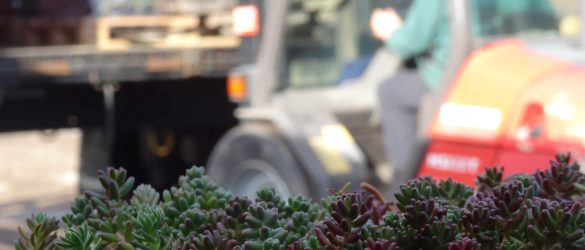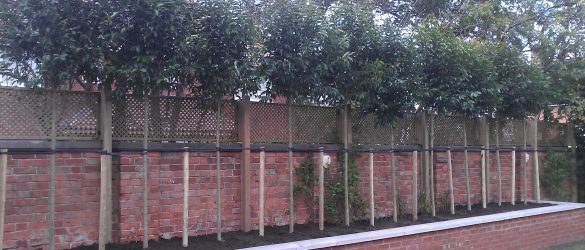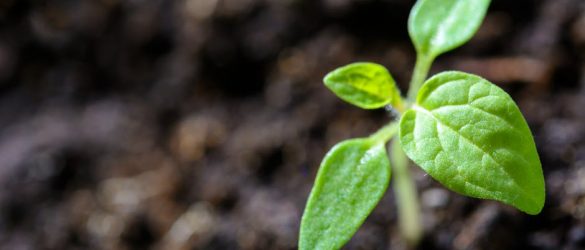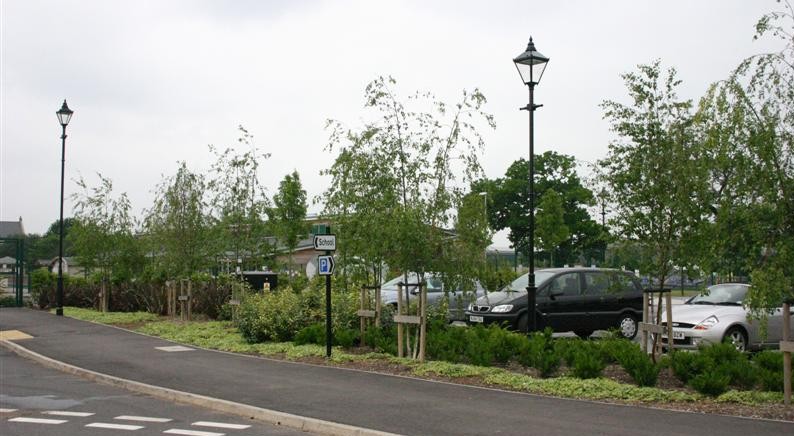Category
Uncategorized
January 11, 2021 ·
dwfrost ·
Uncategorized ·
0 Comments
The UK Government have declared that Garden Centres are allowed to remain open during the latest lockdown measures, created to tackle the ongoing Coronavirus pandemic. We have been classed as an ‘essential’ business and are therefore permitted to remain open during this time and therefore felt it was important to make you aware of why.
View This Article →
 December 4, 2018 ·
dwfrost ·
Uncategorized ·
0 Comments
December 4, 2018 ·
dwfrost ·
Uncategorized ·
0 Comments
At Frost’s we specialise in specimen trees & shrubs, although every now and then take on a different kind of order. We recently delivered 5 tonnes of sedum in order to create a living roof for a client in Beeston, Nottingham. Sedum are succulent plants which require less water than normal plants, and as such can.
View This Article →
 November 3, 2018 ·
dwfrost ·
Uncategorized ·
2 Comments
November 3, 2018 ·
dwfrost ·
Uncategorized ·
2 Comments
Long, warm summers are to be celebrated – but they don’t come without certain consequences. Normally at this time of year we would be starting to sell bare root and root ball plants, but unfortunately the conditions simply haven’t been appropriate. As it’s finally getting colder, we can confirm that they will be available in.
View This Article →
 November 3, 2018 ·
dwfrost ·
Uncategorized ·
0 Comments
November 3, 2018 ·
dwfrost ·
Uncategorized ·
0 Comments
Organic Green Compost is an alternative to ordinary compost. It is composed of recycled green material such as plants, leaves and other natural matter. Deciding on what compost is right for you can be a tricky task, but we’ve outlined for you some of the benefits of going green: Green compost contains plenty of.
View This Article →
September 2, 2016 ·
dwfrost ·
Uncategorized ·
0 Comments
Ornamental Grasses Ornamental grasses offer colourful displays and are really easy to grow. Drifts of tall varieties bow gracefully in the wind amid hummocks of smaller mound-forming types. Great teamed with more traditional planting or alone for a more contemporary display in a low maintenance gravel garden.
View This Article →
August 3, 2016 ·
dwfrost ·
Uncategorized ·
0 Comments
Verbena bonariensis Verbena bonariensis is a tall branching perennial with clusters of small, purple flowers on erect stems in late summer. Growing to a height of up to 2m, it looks great towards the back of a border and looks stunning teamed with Achillea, Geum or Salvia. Prefers moist but well-drained soil in full sun..
View This Article →
July 20, 2016 ·
dwfrost ·
Uncategorized ·
0 Comments
We are very proud once again to be asked to supply plants to the UK’s largest urban beach event at the Queen Elizabeth Olympic Park in London, organised by Mellors Group Events. This year the Rio themed event runs for 6 weeks and includes attractions such as a children’s paddling pool, funfair rides, two beach.
View This Article →
July 11, 2016 ·
dwfrost ·
Uncategorized ·
0 Comments
Salvia nemorosa ‘East Friesland’ This is a compact and bushy perennial with narrow leaves and dense, erect spikes of deep purple/blue flowers with pink bracts during summer and autumn. It grows best in moist but well-drained soil with full sun. Remove flowers as they fade to prolong the flowering period.
View This Article →
April 16, 2013 ·
frost ·
Uncategorized ·
0 Comments
Forsythia x intermedia ‘Lynwood’ A vigorous, medium sized upright shrub with simple, narrowly ovate leaves. The rich yellow flowers are relatively large with broad petals and are borne profusely along the branches in early spring. Forsythia ‘Lynwood’ is best grown in moist, but well drained soil in sun or partial shade. It will grow.
View This Article →
November 30, 2012 ·
frost ·
News, Uncategorized ·
0 Comments
ASH DIE BACK DISEASE (CHALARA FRAXINEA) No doubt many people will have heard and seen stories and be concerned about the spread of Ash dieback caused by the fungus Chalara fraxinea. The disease causes loss of leaves, dieback of the crown of the tree and can lead to tree death. Chalara fraxinea has.
View This Article →






